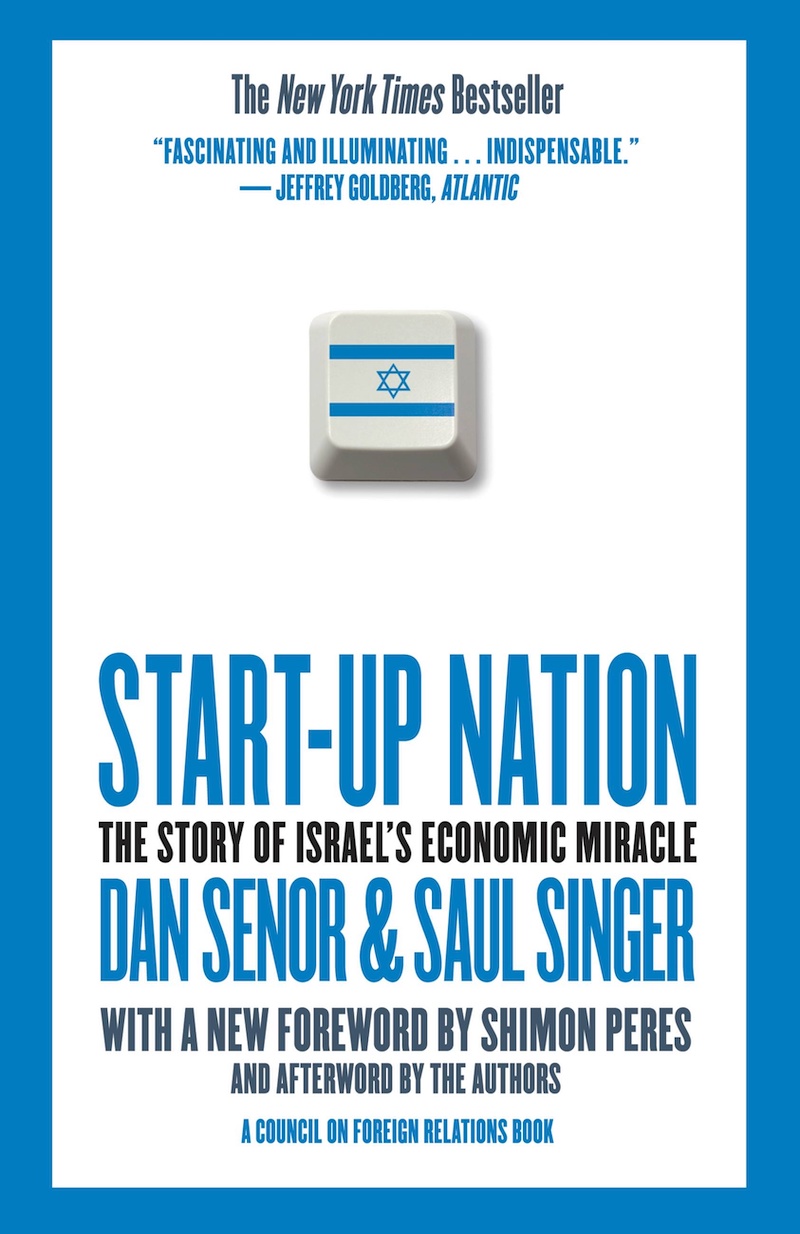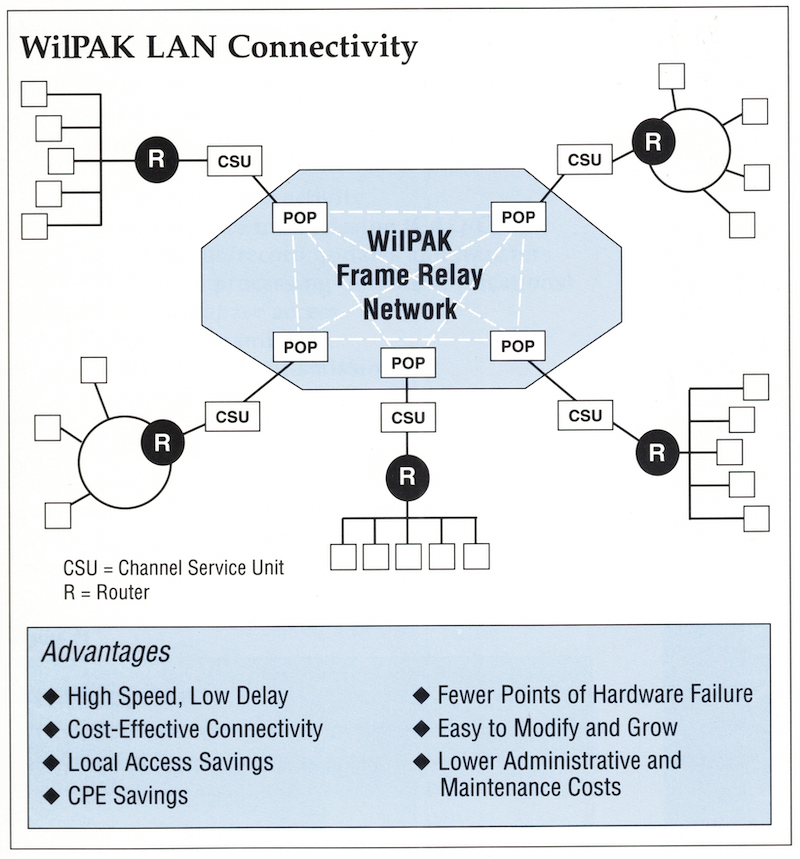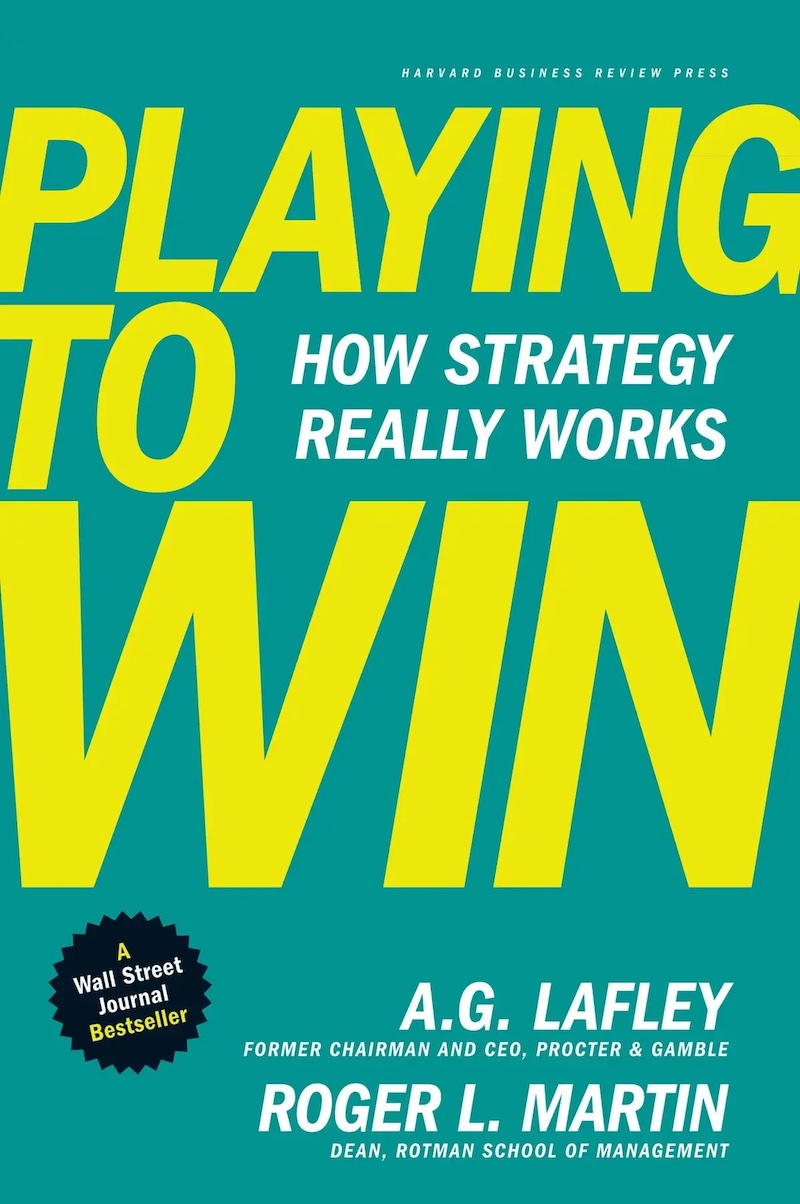Book Brief: Start Up Nation
Start-Up Nation by Dan Senor and Saul Singer seeks to explain why Israel produces more start-ups and entrepreneurs per capita than other countries. The book tells many interesting stories about the start-up nation that is modern Israel along with technology start-up companies born out of the unique mix of cultural, demographic, military, geographic, and historical factors that shape how Israelis think, innovate, and act. Although the lessons learned may have few direct applications inside of our businesses, the book still gives us much to consider about the world in which we live.
I started reading Start-Up Nation several weeks ago, before Hamas terrorists invaded Israel. As I read the Forward by former prime minister and president Shimon Peres, I was concerned the book would be a “puff piece”, telling the story of Israel in an overly positive manner. I know the issues behind the continuing unrest in the Middle East are far more complex than I can claim to appreciate, but the tone and the claims of the Forward put me on notice that the rest of the book would clearly be told from the Israelis’ perspective.
More than anything, Start-Up Nation has helped me better understand the Israeli experience from the birth of the nation 75 years ago to today. Because the book was written in the language of business, I can more easily understand and appreciate the stories being told. These stories help me understand what I see on the news: the long standing animosity, the geography of the surrounding Israeli enemies, the nature of the Israeli Defense Force (IDF), the close-knit relationships across the country underlying statements that everyone knows someone killed or taken hostage, and the strength of the national identity.
While Start-Up Nation should be most helpful to policy makers who can influence the factors described to increase entrepreneurship and innovation within their communities, others will find the stories interesting and informative, especially in light of continuing conflict in the Middle East.
Book Brief: Start Up Nation Read More »





